Table of Contents[Hide][Show]
For over two decades in the wellness industry, I’ve seen countless trends, fads, and even scams come and go, but I’ve also witnessed real, science-backed breakthroughs. Lately, a movement has gained serious attention that I genuinely believe has merit; the growing awareness around industrial seed oils in our diet.
But this positive shift has also created a moment of genuine confusion, one that often happens right in front of the bathroom mirror. You pick up your trusted, high-performance skin care product and see ‘sunflower oil’ or ‘grapeseed oil’ on the label. How can an ingredient flagged as a health concern be the foundation of a product that makes your skin thrive? The answer lies in two incredibly important distinctions. The first is the difference between eating an oil and applying it to your skin, and the second, most critical difference is the quality of the oil itself. Let’s break this down to give you the clarity and confidence you need.
Why Eating and Applying Seed Oils Are Completely Different
To truly understand the seed oil paradox, we need to follow the two separate journeys an oil can take. The first is the internal journey when it’s consumed, affecting your entire body systemically. The second is the external journey when it’s applied, interacting only with the complex ecosystem of your skin. These two pathways operate under completely different rules and lead to vastly different outcomes.
What Happens When You Eat Industrial Seed Oils?
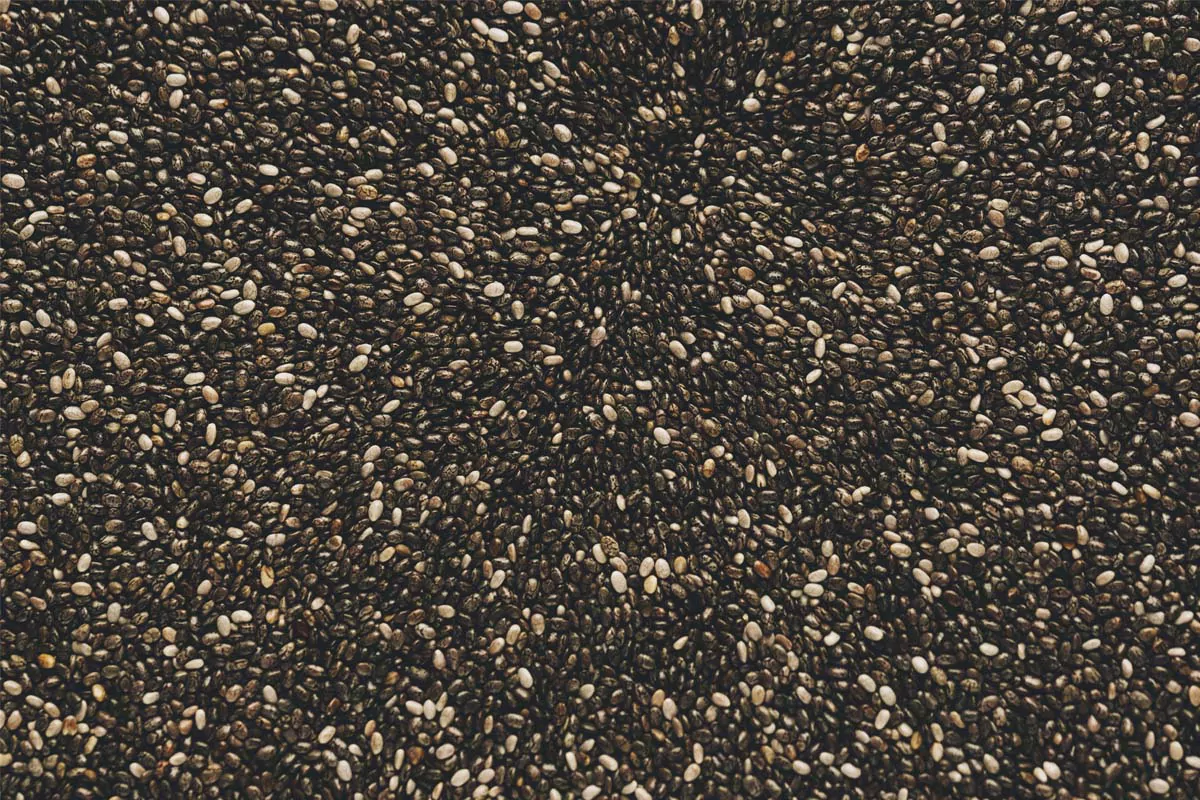
When you eat industrial seed oils—like corn, soybean, canola, or cottonseed—they don’t just sit quietly in your body. They’re absorbed into your bloodstream and get involved in all kinds of internal processes, many of which lead to long-term inflammation.
The main culprit? A type of polyunsaturated fat called omega-6 fatty acids, especially linoleic acid. While omega-6s are technically essential, the modern diet overloads us with them—especially compared to the anti-inflammatory omega-3s we should be getting more of. This imbalance throws off your body’s natural inflammatory response and can quietly contribute to a long list of issues: heart disease, obesity, diabetes, autoimmune flares, IBS, and more. (And probably a few conditions science hasn’t officially blamed them for yet—but give it time.)
You might also see the effects on the outside. Skin conditions like acne, eczema, and psoriasis often flare when chronic inflammation runs unchecked.
What Makes These Oils So Damaging?
- They’re aggressively processed. To extract oil from seeds, manufacturers blast them with high heat and chemical solvents like hexane.
- They lose nutrients in the process. Natural antioxidants like vitamin E get stripped away.
- They oxidize before they hit your plate. This means you’re consuming pre-damaged fats—ones already primed to cause oxidative stress and cellular damage.
And how did these oils even become such a staple? It started mid-20th century, when cheap-to-produce seed oils replaced traditional fats like butter and lard. Clever branding sold them as “vegetable-based” and healthy—think Crisco and margarine—while the truth was, they were highly processed, stripped of nutrients, and quietly contributing to a rising tide of chronic illness.
In short: it’s not just fat—it’s broken fat with a misleading origin story.
How High-Quality Seed Oils Work on Your Skin
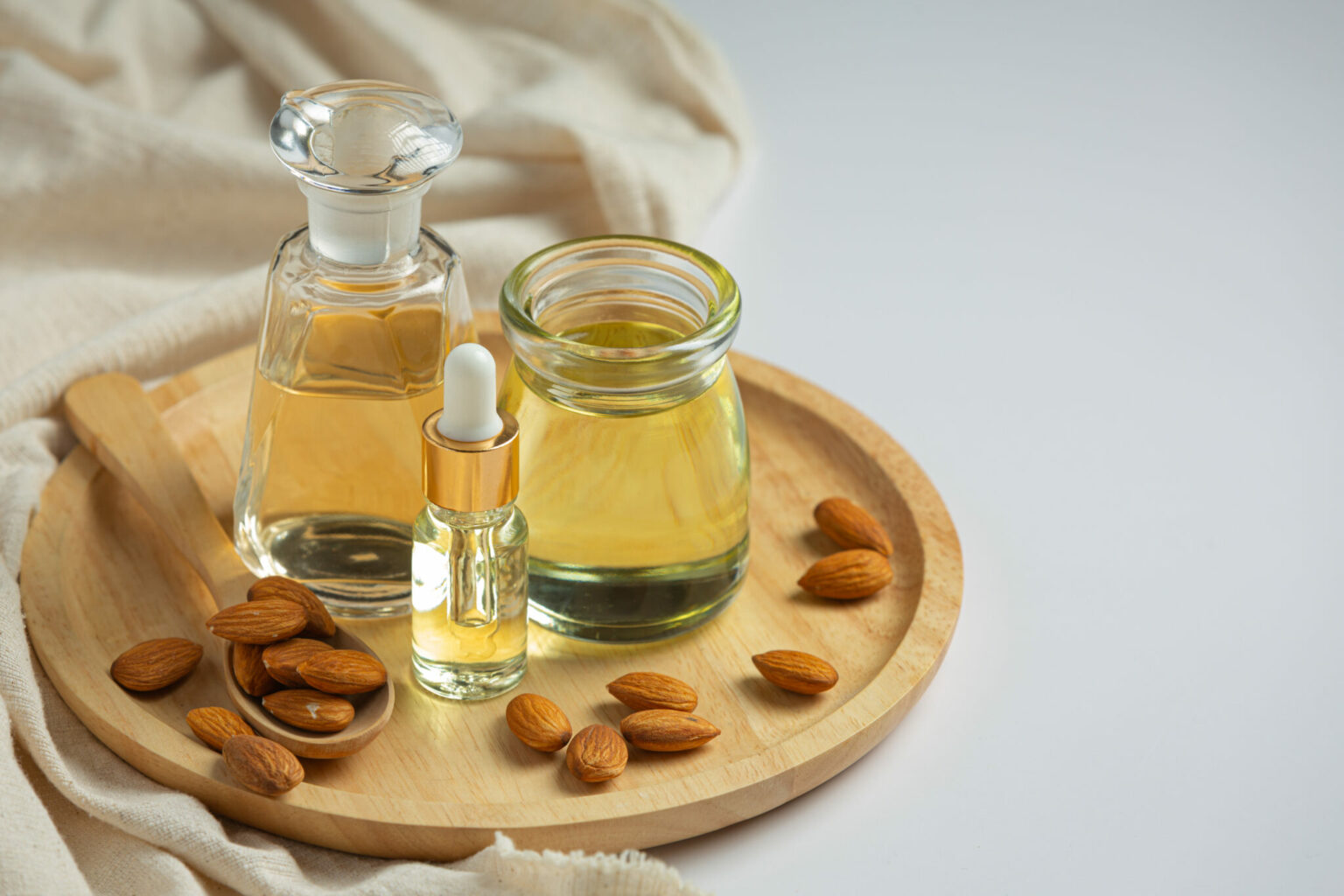
When you eat low-grade, industrial seed oils, they stoke whole-body inflammation. When you apply the right oils to your skin, the story flips: they park on the surface, reinforce your barrier, and feed your complexion..A seed oil can be good or bad for your face, and it all comes down to the quality of the oil.
- Good Oils for Skin: High-quality, cold-pressed oils are beneficial because they retain their full profile of vitamins, antioxidants, and essential fatty acids. They work in harmony with the skin to help reinforce its protective barrier, lock in moisture, and soothe its appearance without causing irritation.
- Bad Oils for Skin: Refined, industrial oils can be problematic because they are stripped of all beneficial nutrients during harsh processing. They can act as a foreign film on the skin, potentially clogging pores and disrupting its natural balance, leading to irritation or breakouts without offering any nourishing benefits.
Let’s break down the simple science. Your skin has a remarkable protective barrier, and not all oils interact with it the same way. One big difference between a good oil and a bad one? Free Fatty Acids (FFAs). High-quality, cold-pressed oils are naturally low in FFAs, while industrial oils—processed with high heat or solvents—often have more. These smaller molecules can sneak deeper into your skin, potentially clogging pores and throwing off its natural balance.
But FFAs are just one piece of the puzzle.
The real difference between nourishing oils and problematic ones comes down to a few key factors: how the oil is extracted, how fresh it is, whether it’s been overly refined, and how the original plant was grown. High-quality oils are typically cold-pressed, unrefined, and sourced from organic or wildcrafted plants. Industrial oils? Not so much.
So yes, FFAs matter—but they’re just one piece of the puzzle. What your skin really wants is an oil that’s minimally processed, rich in natural nutrients, and made from clean, responsibly grown seeds. That’s the kind of oil that supports your skin barrier and delivers real benefits.
The Key Is Quality: Not All Seed Oils Are Created Equal
Before we dive into what makes an oil “good” or “bad,” it’s important to recognize that using oils for beauty is not a new trend. For thousands of years, from Cleopatra using sesame oil in Egypt to the use of camellia oil in Traditional Chinese Medicine, nutrient-rich oils have been revered for their skin-beautifying properties. The problem isn’t the seed oil itself; it’s what modern, large-scale industry has done to it.
Signs of a Low-Quality, Industrial Seed Oil
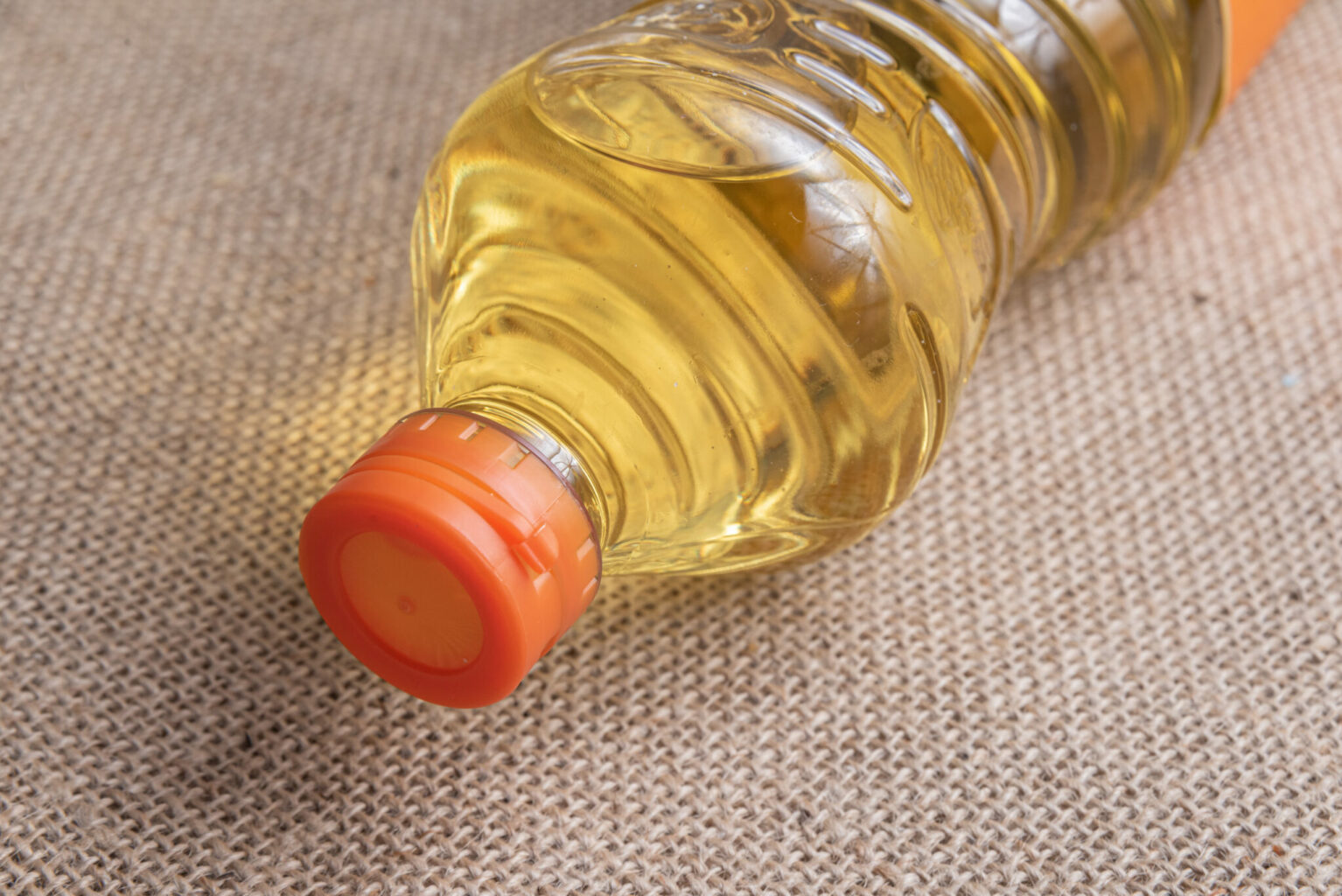
Think back to the grass-fed beef versus factory-farmed beef analogy. Both are “beef,” but they are worlds apart in terms of quality and health impact. The same is true for seed oils. A low-quality oil, the kind you should rightly avoid both in your food and on your skin, typically has these characteristics:
- High-Heat & Chemical Extraction: To get every last drop of oil, seeds are often subjected to extreme heat and washed with a petroleum-based solvent like hexane. This process can damage the delicate fats and leave behind unwanted chemical residues.
- Refined, Bleached, and Deodorized (RBD): The oil then goes through an intense refining process to make it uniform and shelf-stable. This strips the oil of its natural color, scent, and, most importantly, its precious cargo of vitamins, antioxidants, and polyphenols. What’s left is a “dead,” nutrient-void oil.
- Poor Source Material: These oils often come from massive monoculture farms that deplete the soil and rely heavily on pesticides. The seeds themselves may also be genetically modified (GMO).
Seed Oils to Skip—in the Kitchen and the Beauty Cabinet
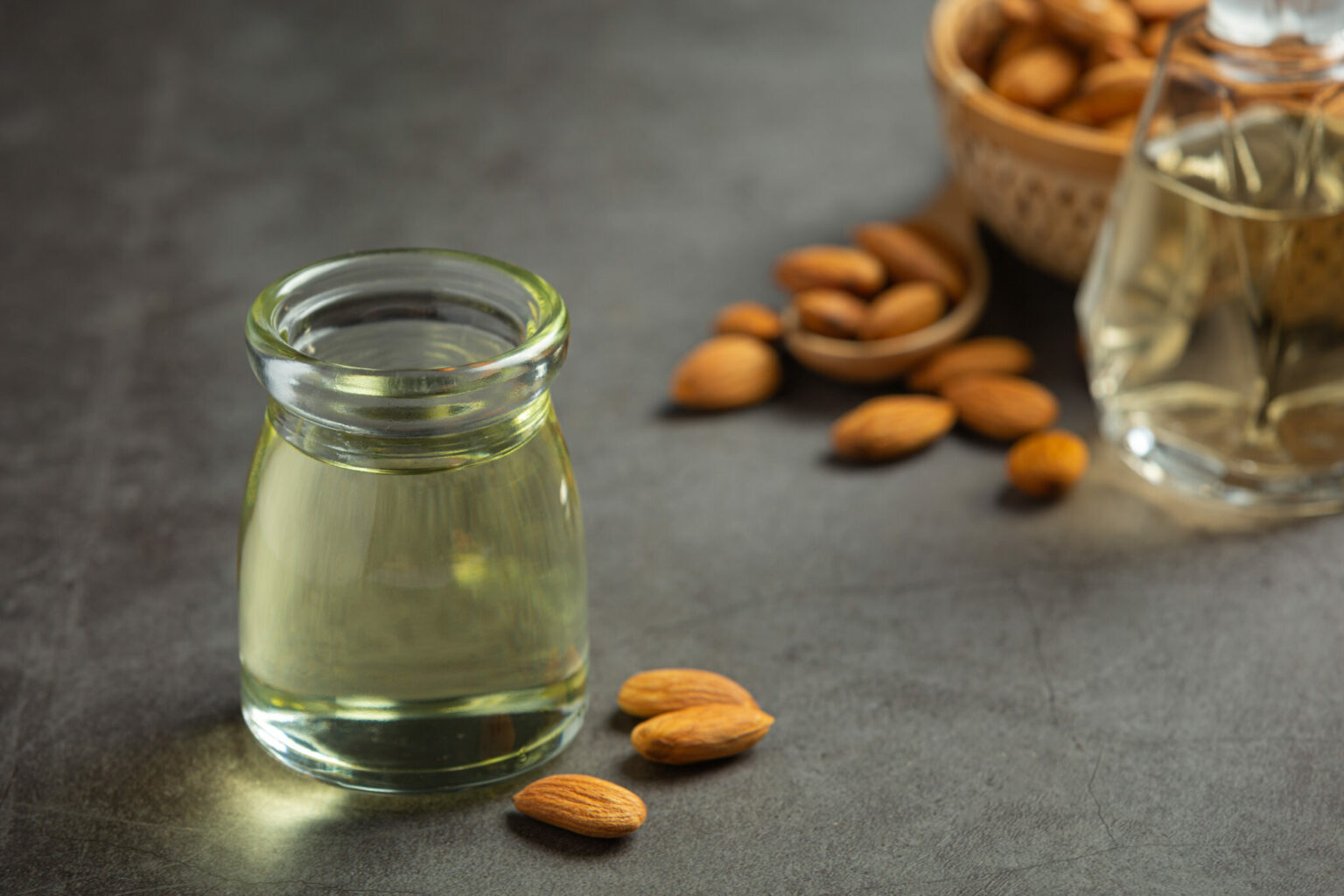
- Canola (rapeseed)
- Corn
- Cottonseed
- Soybean
- Safflower
- Most mass-market Sunflower and Grapeseed oils (details below)
Why? They’re almost always monocrop-grown, often GMO, and processed with hexane, high heat, deodorants, colorants, and synthetic antioxidants (BHA, BHT, TBHQ). That cranks the omega-6 load sky-high, oxidizes the fats, and leaves you with pro-inflammatory sludge masquerading as “vegetable” oil.
The Gold Standard: What Makes a Seed Oil Great for Your Skin

A high-quality oil, the kind that can truly nourish your skin, is the complete opposite. It is crafted with care to preserve the life and vitality of the original seed.
High-quality, cold-pressed seed oils offer a wealth of benefits for skin care. They excel at moisturizing, soothing the appearance of temporary redness, and nourishing the skin with a rich profile of essential fatty acids, vitamins, and antioxidants. These oils can help balance the skin’s natural moisture levels, reduce the appearance of short-term redness and irritation, and promote a healthy, radiant complexion.
Here are the key indicators of a high-quality oil fit for your skin:
- Gentle Extraction (Cold-Pressed): The oil is physically pressed from the seed without using high heat. This gentle method preserves delicate nutrients, enzymes, and antioxidants, keeping the oil “alive” and potent.
- Purity (Solvent-Free): No chemical solvents are used in the process, ensuring the final product is pure and free from contaminants like hexane.
- High-Quality Source (Organic or Wildcrafted): The seeds come from plants grown in healthy, nutrient-rich soil, without synthetic pesticides or GMOs. Wildcrafted sources are even better, as the plants grow in their natural, untouched habitat.
Our Commitment: A Real-World Example
This isn’t just theory; it’s the standard we live by. When you see “sunflower oil” or “grapeseed oil” in our products, you’re not getting the industrial version.
Our grapeseed oil is wildcrafted, sourced from its natural habitat. Our organic sunflower oil comes from a zero-waste facility that uses a clean, pressure-only extraction method—no solvents, ever. This process retains the oil’s full nutrient load, including its precious Vitamin E. This is not the same oil you’re told to avoid—it’s a carefully sourced, nutrient-rich version that actually benefits your skin. It’s the kind that delivers what the original plant intended: nourishment, not harm.
Discover More of Our Favorite Skin-Nourishing Oils
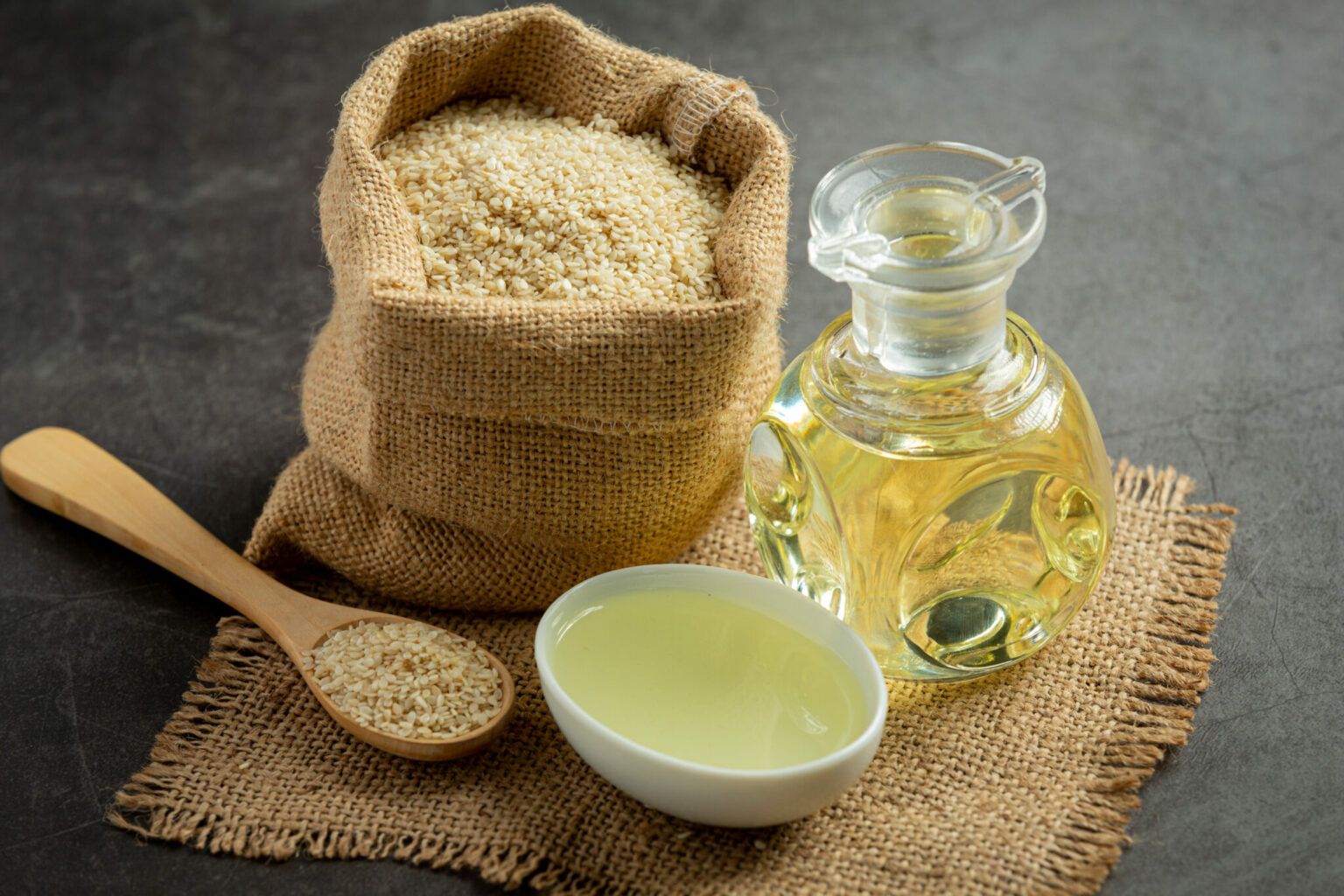
When most people hear “seed oils,” they think of the highly processed, omega-6–heavy industrial oils we recommend avoiding—like canola, soybean, and corn. But not all seed oils are created equal. Many cold-pressed, unrefined seed oils are packed with nourishing fatty acids, antioxidants, and skin-soothing compounds that do wonders for your complexion.
In fact, seed oils—when sourced and processed properly—can be some of the most skin-supportive ingredients out there. That’s why, beyond foundational oils like our clean-sourced sunflower and grapeseed, our formulations are enriched with a symphony of nutrient-dense “gem” oils, each chosen for its targeted benefits.
Here are just a few of our favorite skin-loving oils (yes, many of them are seeds—just not the ones you need to worry about):
- Rosehip Seed Oil: Exceptionally rich in natural vitamins A and C, this oil is celebrated for its ability to help improve the appearance of skin texture and tone.
- Red Raspberry Seed Oil: A true powerhouse of antioxidants, this oil helps protect the skin from environmental stressors and is known for its ability to soothe the appearance of sensitive skin.
- Chia Seed Oil: Just like the superfood you eat, chia seed oil is an incredible source of Omega-3 fatty acids for the skin. It helps to deeply moisturize the skin, leaving it with a plump, healthy-looking appearance.
- Hemp Seed Oil: With an ideal balance of omega-6 to omega-3, it provides essential fatty acids and minerals that benefit the skin.
- Pumpkin Seed Oil: A good source of zinc, magnesium, and vitamins A and E, pumpkin seed oil supports skin health and helps maintain a balanced fatty acid profile.
- Sesame Seed Oil: Rich in antioxidants and healthy fats, sesame seed oil is known for its soothing properties.
- Olive Oil: High in monounsaturated fats and antioxidants like vitamin E. (This oil is not considered a seed oil, since the entire fruit is used in extraction. However, because this oil is a common and easily accessible culinary and beauty oil, we added it to our list here).
In fact, you’ll find many of these vibrant, life-giving oils like black cumin seed, apricot kernel, and sacha inchi featured prominently throughout our collection of moisturizing, herb-infused facial oil formulas.
Your Smart Choice for Healthy Skin
For seed oils in your skin care routine, what truly matters is quality and context.
While being cautious with industrial seed oils in your diet and beauty routine is a wise choice, eliminating nutrient-rich, cold-pressed oils from your skin care regimen would be a missed opportunity. One is a nutrient-void substance processed with harsh chemicals; the other is a living, vibrant ingredient designed to nourish. Look beyond the debate and trust in the power of pure, intentionally-sourced ingredients to truly care for your skin.
Frequently Asked Questions
Is sunflower seed oil bad in skin care?
Not all sunflower seed oil is the same. Highly refined, mass-produced sunflower oil which you may see used for cooking is very different from the one used in high-quality skin care. A pure, organic, no solvent extracted sunflower oil is rich in Vitamin E and linoleic acid, which can help nourish and support the skin’s barrier. The key is always the quality and processing method.
What oils should you avoid for your skin?
Steer clear of industrial seed oils such as corn, soy, canola, and cottonseed—they’re often GMO, monocrop-grown, and loaded with pesticide residue. Most are then RBD-processed (refined, bleached, deodorized) and solvent-extracted with hexane, stripping antioxidants and leaving behind irritants. In short, avoid any oil that’s poorly sourced and highly refined; choose cold-pressed, organic or wildcrafted alternatives instead.
Will seed oils clog my pores?
Some might—but not all. Whether a seed oil is comedogenic depends on its fatty acid profile, free fatty acid (FFA) content, and how your skin responds. Oils high in linoleic acid (like hemp, grapeseed, and rosehip) are generally better for oily skin. Cold-pressed, unrefined oils with low FFA levels are less likely to clog pores than highly refined, oxidized oils. To avoid congested pores, choose clean, well-sourced seed oils and avoid industrial, heavily processed versions.
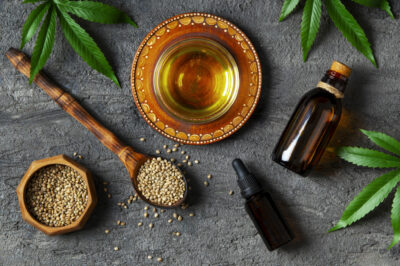

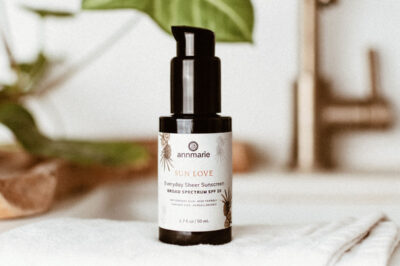



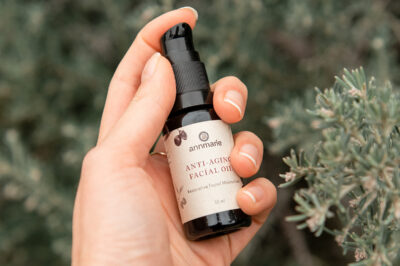
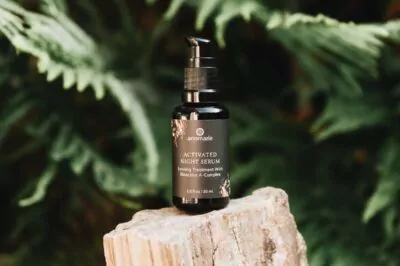
Leave a Reply